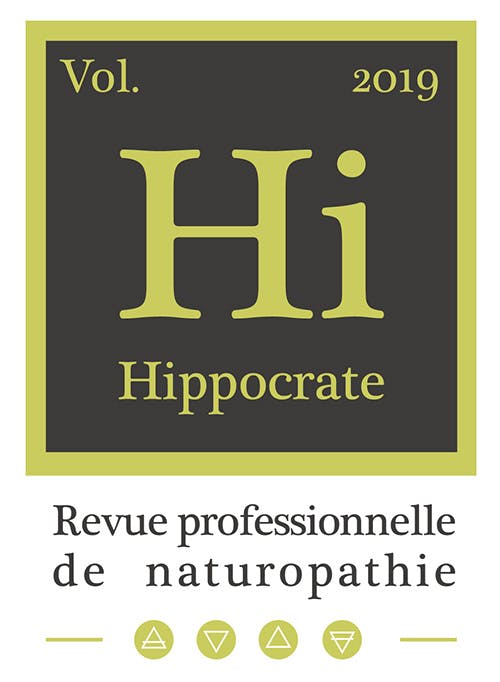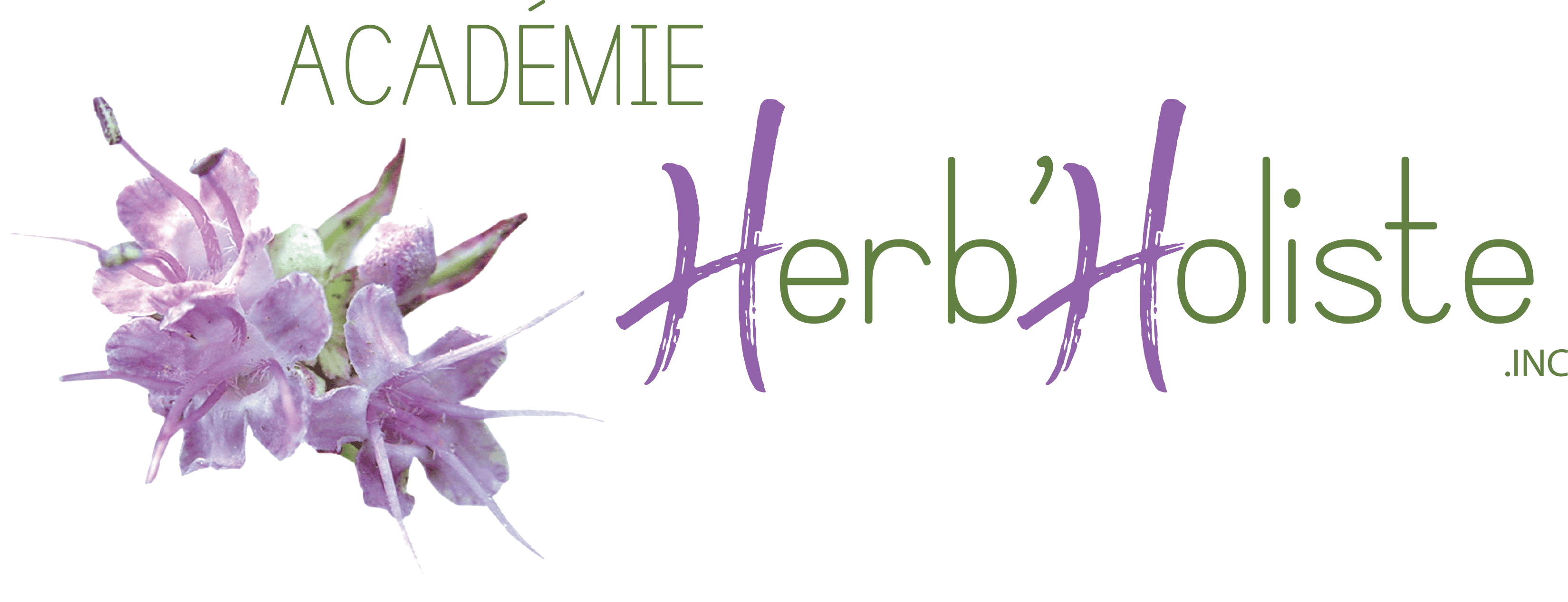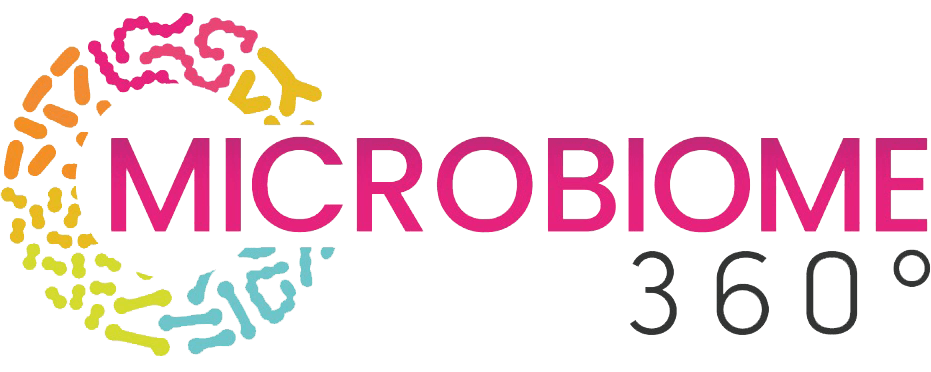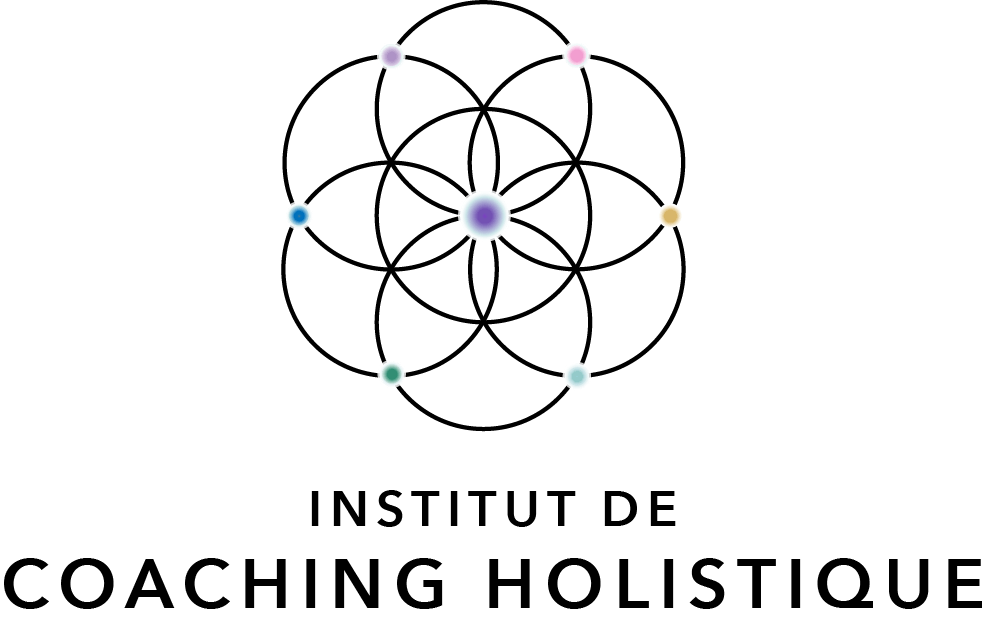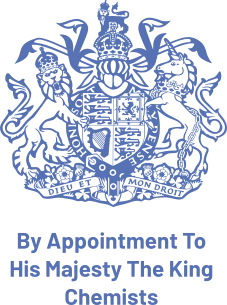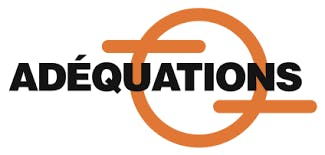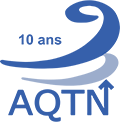Human Energy, a Microcosm
This first course in the Traditional Chinese Medicine (TCM) series lays the groundwork for a clear and structured understanding of this ancient healing system. Through illustrated and accessible content, students discover the energetic philosophy that underpins the Eastern view of health — the balance of Qi (vital energy), the harmony between Yin and Yang, and the interconnection of the Five Elements.
The course presents the clinical principles and applications of TCM, linking them to the prevention and treatment of energetic imbalances. Students learn to identify the internal, external, and mixed causes of disease according to energetic logic — including emotions, climate, diet, lifestyle habits, and organ dysfunctions.
A major section is devoted to energetic circulation, offering a detailed description of the twelve primary meridians, their associated organs, and the secondary pathways (extraordinary meridians, collaterals, and reflex zones). These concepts help students understand how energy flows, stagnates, or transforms, providing clear insight into the origins of symptoms.
Overall, this course introduces students to the holistic and dynamic worldview of Traditional Chinese Medicine — an approach where energetic diagnosis becomes the cornerstone of preventive, balanced, and deeply human care.

Included teaching methods:
- E-Learning training: an interactive, encouraging, and effective method of learning.
- Printable course booklets
- Online exams
- Access to the student portal
- Videos and a virtual library.
Course Content Description
Student Guide
- Course objectives
- Educational method and assignments
Introduction
- Terms and definitions
- Yin / Yang polarity
- Yin and yang confrontation:
- Reciprocal relationship between yin and yang:
- Growth and decline:
Yin / Yang circulation
- Tonification & dispersion concept
- Progression of diseases
Using yin/yang in diagnosis:
- Using yin / yang in treatment:
- Knowledge review
Linear pathways
- Fundamental concepts
- Main circulation
- Minor circulations
Classification of Meridians "Jing Luo"
- Meridian relationships
- Connection of tendon-muscular meridians
- Distinct meridians
- Longitudinal Lo meridians
Regulating energies
- Summary Table
- Knowledge review
Energetic physiology
The importance of networks
- the Heart meridian
- the Master Heart meridian
- the Lung meridian
- the Small Intestine meridian
- the Triple Burner meridian
- the Large Intestine meridian
- the Spleen meridian
- the Liver meridian
- the Kidney meridian
- the Stomach meridian
- the Gallbladder meridian
- Knowledge review
- Answer keys











